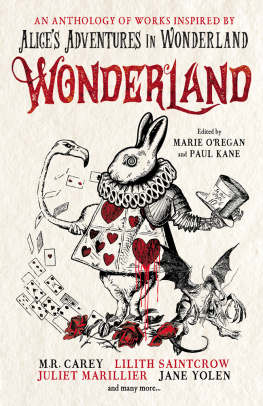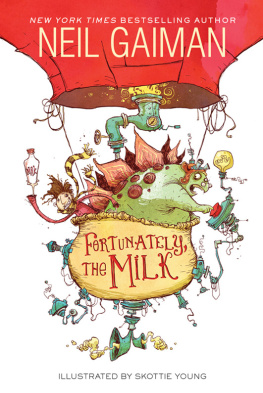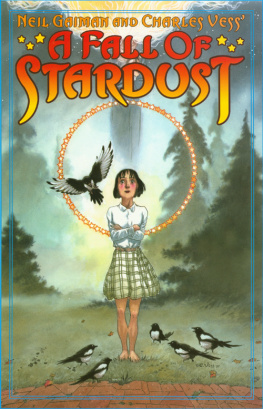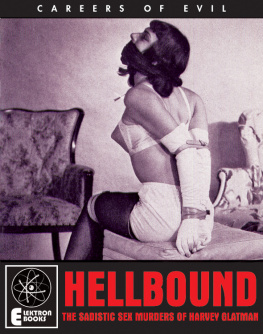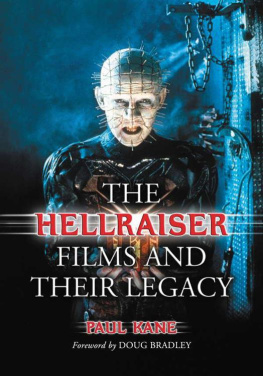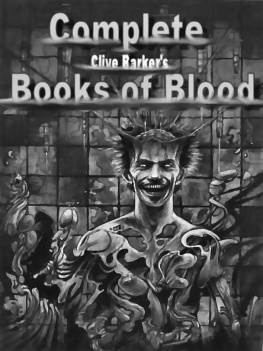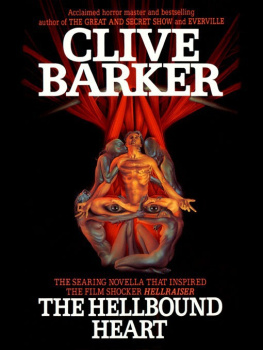HELLBOUND HEARTS
HELLBOUND HEARTS
Edited by Paul Kane and Marie ORegan
Based on the novella The Hellbound Heart by Clive Barker


Pocket Books
A Division of Simon & Schuster, Inc.
1230 Avenue of the Americas
New York, NY 10020
www.SimonandSchuster.com.
This book is a work of fiction. Names, characters, places, and incidents either are products of the authors imagination, or are used fictitiously. Any resemblance to actual events or locales or persons, living or dead, is entirely coincidental.
Hellbound Hearts volume copyright 2009 by Clive Barker, Paul Kane, and Marie ORegan
Mythology and characters as contained in the novella The Hellbound Heart copyright 1986 by Clive Barker
Foreword copyright 2009 by Clive Barker
IntroductionRaising Hell, Again copyright 2009 by Stephen Jones
Prisoners of the Inferno copyright 2009 by Peter Atkins
The Cold copyright 2009 by Conrad Williams
The Confessors Tale copyright 2009 by Sarah Pinborough
Hellbound Hollywood copyright 2009 by Mick Garris
Mechanisms copyright 2009 by Christopher Golden and Mike Mignola
Every Wrong Turn copyright 2009 by Tim Lebbon
The Collector copyright 2009 by Kelley Armstrong
Bulimia copyright 2009 by Richard Christian Matheson
Orfeo the Damned copyright 2009 by Nancy Holder
Our Lord of Quarters copyright 2009 by Simon Clark
Wordsworth copyright 1993, 2009 by Neil Gaiman and Dave McKean
A Little Piece of Hell copyright 2009 by Steve Niles
The Dark Materials Project copyright 2009 by Sarah Langan
Demons Design copyright 2009 by Nicholas Vince
Only the Blind Survive copyright 2009 by Yvonne Navarro
Mothers Ruin copyright 2009 by Mark Morris
Sister Cilice copyright 2009 by Barbie Wilde
Santos del Inferno copyright 2009 by Jeffrey J. Mariotte
The Promise copyright 2009 by Nancy Kilpatrick
However... copyright 2009 by Gary A. Braunbeck and Lucy A. Snyder
Tis Pity Hes Ashore copyright 2009 by Chaz Brenchley
Afterword copyright 2009 by Doug Bradley
Cover Illustration of VESTIMENTI Cenobite copyright 2009 by Clive Barker All illustrations for
Mechanisms copyright 2009 by Mike Mignola
All rights reserved, including the right to reproduce this book or portions thereof in any form whatsoever. For information address Pocket Books Subsidiary Rights Department, 1230 Avenue of the Americas, New York, NY 10020.
First Pocket Books trade paperback edition September 2009
POCKET and colophon are registered trademarks of Simon & Schuster, Inc.
For information about special discounts for bulk purchases, please contact
Simon & Schuster Special Sales at 1-866-506-1949 or business@simonandschuster.com.
The Simon & Schuster Speakers Bureau can bring authors to your live event. For more information or to book an event contact the Simon & Schuster Speakers Bureau at 1-866-248-3049 or visit our website at www.simonspeakers.com .
Designed by Ruth Lee Mui
Manufactured in the United States of America
10 9 8 7 6 5 4 3 2 1
Library of Congress Cataloging-in-Publication Data is available.
ISBN 978-1-4391-4090-1
ISBN 978-1-4391-6475-4 (ebook)
To Clive Barker,
creator of this mythology
and all those who followed.
With thanks to Clive Barker, Robb Humphrey, Stephen Jones, Doug Bradley, Ed Schlesinger, and the team at Pocket Books, and all the contributors for their help with bringing this project to fruition.
Contents
Foreword
Clive Barker
The word mythos is used very liberally these days in regard to the characters and adventures of popular fiction. People speak of the Batman mythology, the Freddy Krueger mythology, and yes, the Hellraiser mythology. I have always been a little wary of this usage. It seems in some sense to be inappropriate, cheapening a word that I first encountered in reference to the deities of Olympus, or the gods and goddesses of Asgard. These mythologies are thousands of years old, and have survived many tellings and retellings, their underlying imagery often moved from one culture to another, yet still surviving at some fundamental level.
How then could the same word ever be applied with any seriousness to the products of a medium that is barely a century old? Does Pinheads mythos really bear any comparison with the massive bodies of narrative that have collected around such legendary figures as Hercules and Jesus?
In one sense, of course not. Maybe a thousand years from now, some profoundly evolved version of a human being sitting at the console of a starship, exploring some distant star system, might chance upon an image of Pinhead and find that the creature means something to him. If so, then the word mythos may indeed be applicable.
Why would I even breathe such a possibility? On the face of it, a screenwriter/director such as myself referring to his own story as a mythology is immensely arrogant. But here, a more subtle distinction comes into play that may be worth a moments study.
Even though I am the man who had the good fortune to bring this image to a popular medium and therefore facilitate its dissemination throughout much of the world, I am not the creator of this mythology. In fact, I think the real creators fall into three categories. First, there are all those nameless men and women who over the last many centuries created the fetishes of clay, rope, bone, and nails, which are in some part the inspiration for the character called Pinhead. These fetishes are, I was told, chiefly representations of anger, which seems oddly inappropriate given how chilly and dispassionate Pinhead is. But under all that cool reserve lies a massive potential for rage, as I think most audiences understand. So those fetishes and Pinhead have a good deal in common.
The second creators are of course the special-effects men who have, over the course of many movies, variously interpreted and reinterpreted the appearance of the character. There have been beautiful renditions of his appearance in comic books and on the skins of innumerable Hellraiser fans who have shown me the parts of their bodies where tattooists have left their interpretation.
Finally, there are the people who see these movies, read these comics, and wear these tattoos who in conversing with one anotherand occasionally, at conventions, with mefurther enrich the complexities of the idea. Their motives for doing so are occasionally erotic (there is a healthy appetite for the Hellraiser stories in the S&M community) or maybe metaphysical (one of the most complex articulations of the original Hellraiser story, The Hellbound Heart, came from a Russian Orthodox Priest).
In sum, perhaps it isnt so monstrously arrogant to speak of the mythos. I am not its maker. If it survives for another hundred years or is forgotten tomorrow, I have no say in the matter. Hellraiserits stories and images, its metaphysics and its sheer visceral energyis the work of other hands and other minds. I am very happy and very lucky to have stepped into the river of the collective unconscious and to have found there a stone with the nails hammered into it.
Clive Barker
Los Angeles, 2009
Introduction: Raising Hell, Again
Stephen Jones
For many of us who worked on it, Hellraiser was a life-changing experience.
For Ashley Laurence, who made her movie debut as ingnue heroine Kirsty Cotton, it lead to a successful acting career that includes three


